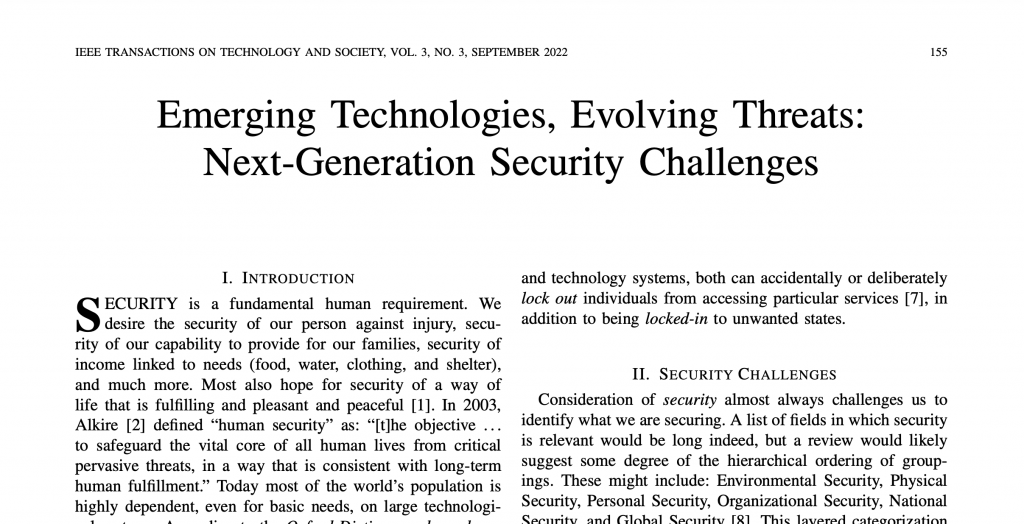
The emergence of brain-computer interfaces (BCIs), particularly those developed by companies like Neuralink, represents a key convergence of neuroscience and AI. These technologies aim to facilitate direct communication between the human brain and external devices, offering wide-ranging applications in healthcare, education, and even entertainment. For instance, BCIs can assist people with disabilities or potentially boost cognitive functions in the general population. When AI is added to the mix, it can interpret neural signals in real-time, resulting in more natural and fluid ways of interacting with computers (İbişağaoğlu, 2024; Silva, 2018).
What Are BCIs?
A brain-computer interface is a system that establishes a direct communication pathway between the brain and an external device. The goal is to translate brain activity into actionable outputs, such as controlling a robotic arm or a computer cursor.
BCIs operate in two main modes:
- Open-loop systems: These send information from the brain to an external device but don’t provide feedback to the user. An example would be a system that controls a prosthetic hand based on neural signals without sensory feedback.
- Closed-loop systems: These provide feedback to the user, creating a dynamic interaction. For instance, a robotic limb that not only moves based on brain signals but also sends sensory feedback about grip strength (Voeneky et al., 2022).
Types of BCIs: Non-Invasive, Semi-Invasive, and Invasive
There are three primary types of BCIs, differentiated by how they access neural signals:
- Non-Invasive BCIs:
- These use external devices to read brain signals, typically via electroencephalography (EEG). EEG BCIs detect electrical activity from the scalp and are widely used in research and consumer applications like gaming and neurofeedback for mental health.Advantages: Low risk, no surgery required, relatively affordable.Limitations: Low signal resolution due to the skull dampening signals. This limits their use in high-precision tasks.
- Semi-Invasive BCIs:
- These involve placing electrodes on the surface of the brain but outside the brain tissue. This technique, known as electrocorticography (ECoG), is often used in medical settings.Advantages: Higher signal resolution compared to EEG, without penetrating brain tissue.Limitations: Requires surgery, so it’s less commonly used outside clinical or experimental settings.
- Invasive BCIs:
- These are the most advanced BCIs, involving implanted electrodes directly into brain tissue. The Utah Array, for instance, offers extremely high signal resolution by recording activity from individual neurons.Advantages: High precision, allowing for fine motor control and complex tasks like operating robotic limbs or even restoring movement in paralyzed individuals.Limitations: High risk of infection, expensive, and requires surgery.
Applications and Current Capabilities
BCI technology has practical applications in several fields:
- Assistive Technologies:
- BCIs allow people with disabilities to control wheelchairs, robotic arms, or communication devices. For example, people with ALS can use BCIs to type out words via thought alone (Salles, 2024).
- Rehabilitation:
- In closed-loop BCIs, neurofeedback can help stroke patients regain motor function by retraining brain circuits (Voeneky, 2022).
- Neuroscience Research:
- BCIs provide tools for understanding brain function, from motor control to decision-making processes (Kellmeyer, 2019).
- Consumer Applications:
- Emerging technologies are exploring non-invasive BCIs for gaming, meditation, and even controlling smart home devices (Silva, 2018).
The Future of BCIs
While BCIs hold great promise, several challenges prevent them from becoming affordable, practical tools for widespread use:
- Signal Quality and Noise:
- Non-invasive BCIs like EEG face significant signal interference from the skull and scalp, reducing their accuracy and reliability. Improving hardware to capture clearer signals without invasive procedures is a major hurdle (Sivanagaraju, 2024).
- Scalability and Cost:
- Invasive BCIs, such as those using the Utah Array, require complex surgical procedures and highly specialized equipment, driving up costs. Making these systems accessible at scale requires breakthroughs in manufacturing and less invasive implantation techniques (Yuste et al., 2017).
- Data Processing and AI:
- Decoding brain signals into usable outputs requires advanced algorithms and computational power. While machine learning has made strides, real-time, low-latency decoding remains a technical challenge, especially for complex tasks (İbişağaoğlu, 2024).
- Durability of Implants:
- For invasive systems, implanted electrodes face degradation over time due to the body’s immune response. Developing materials and designs that can endure for years without significant loss of function is essential for long-term use (Farisco et al., 2022).
- User Training and Usability:
- Current BCIs often require extensive training to operate effectively, which can be a barrier for users. Simplifying interfaces and reducing the learning curve are critical for consumer adoption (Silva, 2018).
These technical hurdles must be addressed to make BCIs a reliable, affordable, and practical reality. Overcoming these challenges will require innovations in materials, signal processing, and user interface design, all while ensuring safety and scalability.
Conclusion
BCIs are no longer science fiction. They are active tools in research, rehabilitation, and assistive technologies. The distinction between open-loop and closed-loop systems, as well as the differences between non-invasive, semi-invasive, and invasive approaches, defines the current landscape of BCI development. I hope this overview provides a solid foundation for exploring the ethical and philosophical questions that follow.
References:
- İbişağaoğlu, D. (2024). Neuro-responsive AI: Pioneering brain-computer interfaces for enhanced human-computer interaction. NFLSAI, 8(1), 115.
- Silva, G. (2018). A new frontier: the convergence of nanotechnology, brain-machine interfaces, and artificial intelligence. Frontiers in Neuroscience, 12.
- Voeneky, S., et al. (2022). Towards a governance framework for brain data. Neuroethics, 15(2).
- Kellmeyer, P. (2019). Artificial intelligence in basic and clinical neuroscience: opportunities and ethical challenges. Neuroforum, 25(4), 241-250.
- Yuste, R., et al. (2017). Four ethical priorities for neurotechnologies and AI. Nature, 551(7679), 159-163.
- Farisco, M., et al. (2022). On the contribution of neuroethics to the ethics and regulation of artificial intelligence. Neuroethics, 15(1).
- Salles, A. (2024). Neuroethics and AI ethics: A proposal for collaboration. BMC Neuroscience, 25(1).
- Sivanagaraju, D. (2024). Revolutionizing brain analysis: AI-powered insights for neuroscience. International Journal of Scientific Research in Engineering and Management, 08(12), 1-7.
















![Rendered by QuickLaTeX.com \begin{equation*} \chi_{F}^{2}=\frac{12 N}{k(k+1)}\left[\sum_{j=1}^{k} R_{j}^{2}-\frac{k(k+1)^{2}}{4}\right] \end{equation*}](https://baylor.ai/wp-content/ql-cache/quicklatex.com-e2518869970055a72a2524df63957827_l3.png)

![Rendered by QuickLaTeX.com \begin{align*} \chi_{F}^{2}&=\frac{12 \cdot 6}{4 \cdot 5}\left[\left(3.66^2+3.33^2+1.83^2+1.16^2\right)-\frac{4 \cdot 5^2}{4}\right] \nonumber \\ &=15.364 \nonumber \end{align*}](https://baylor.ai/wp-content/ql-cache/quicklatex.com-b7fd261f286621cdf8d57b028898841d_l3.png)




